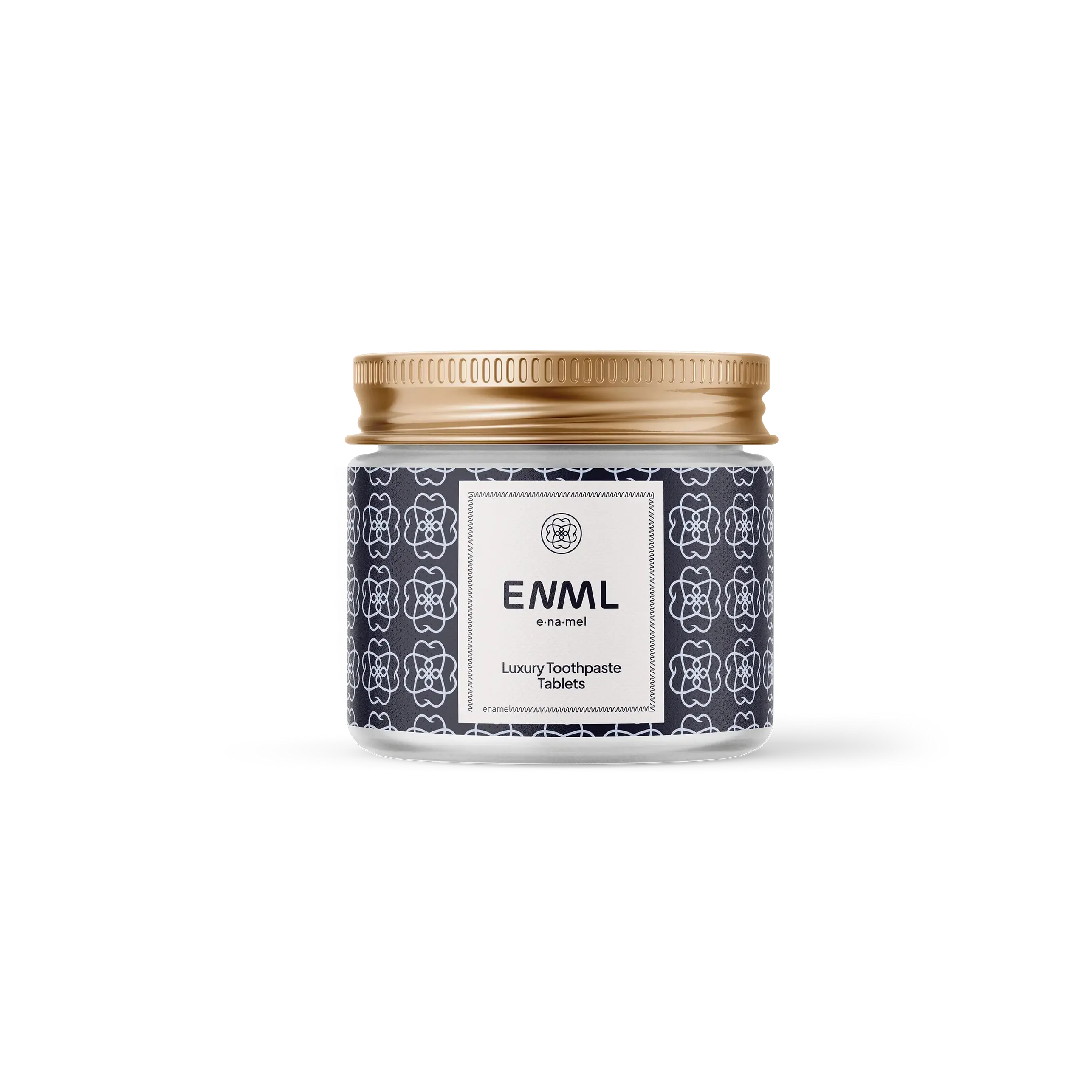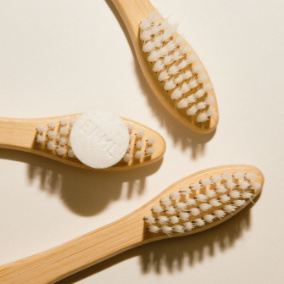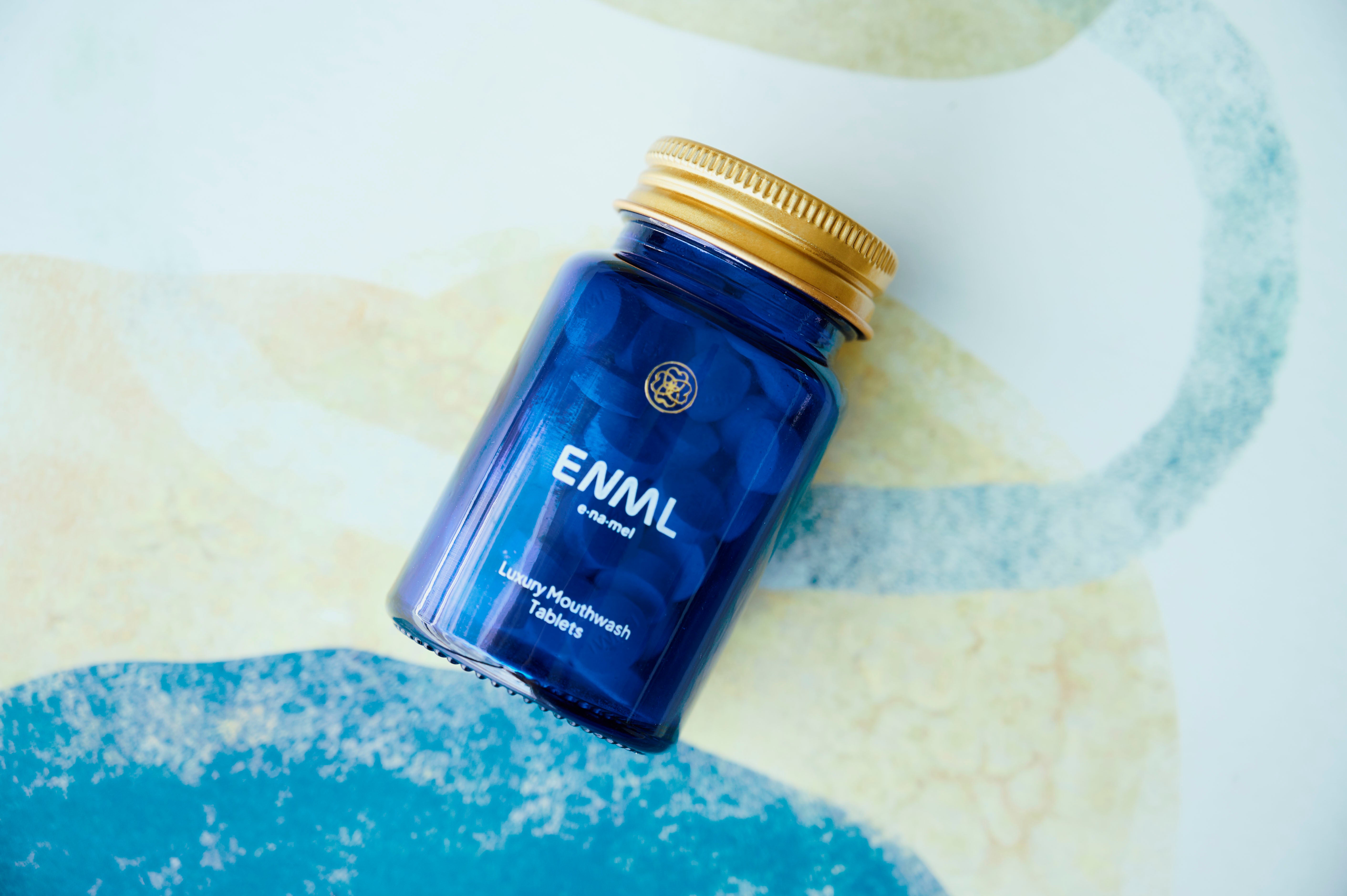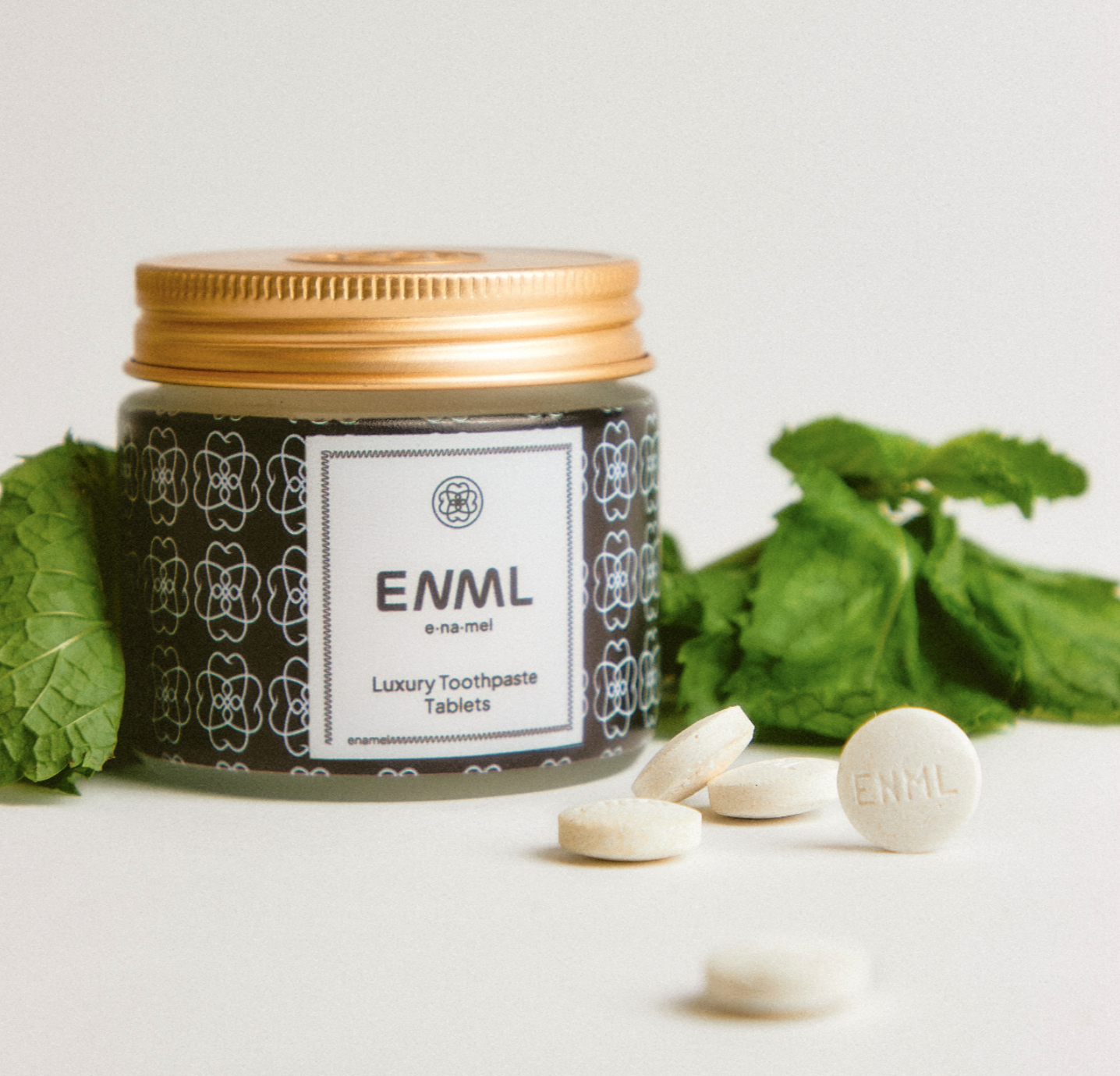When it comes to choosing the right oral care products, ingredients play a critical role in ensuring safety and effectiveness. Among the most sought-after ingredients for enamel repair and sensitivity relief are hydroxyapatite-based compounds.
But not all hydroxyapatite is created equal—there are two primary forms: Micro Hydroxyapatite and Nano Hydroxyapatite. While both serve similar purposes in strengthening enamel and improving oral health, their size and safety profiles make a significant difference. This blog will explore the differences between Micro Hydroxyapatite vs Nano Hydroxyapatite, explaining why Micro Hydroxyapatite is the superior and safer choice.
What Is Hydroxyapatite?
Hydroxyapatite is a naturally occurring mineral that makes up 97% of tooth enamel and 70% of dentin. It plays a crucial role in maintaining strong, healthy teeth by repairing damaged enamel, reducing sensitivity, and preventing cavities. This makes it a popular alternative to fluoride in modern oral care products. However, hydroxyapatite can come in two forms:
-
Micro Hydroxyapatite: Composed of larger particles that closely mimic the natural structure of tooth enamel.
-
Nano Hydroxyapatite: Consists of ultrafine particles designed to penetrate deeper into the enamel.
Understanding the differences between these two forms is essential in determining which is safer and more effective for your oral health.
Key Differences Between Micro and Nano Hydroxyapatite
-
Particle Size
-
Micro Hydroxyapatite has larger particle sizes, typically between 5-10 microns, which closely resemble natural enamel.
-
Nano Hydroxyapatite has particle sizes under 100 nanometers, allowing for deeper penetration into the enamel and dentin.
-
-
Safety Profile
-
Micro Hydroxyapatite meets EU safety standards, ensuring that it is safe for daily use in oral care products.
-
Nano Hydroxyapatite, due to its ultrafine size, carries a higher risk of penetrating the bloodstream and potentially crossing the blood-brain barrier, which raises safety concerns.
-
-
Effectiveness
-
Both forms are effective in remineralizing enamel and reducing sensitivity, but studies show no significant difference in overall effectiveness between Micro and Nano Hydroxyapatite when used in toothpaste or other oral care products.
-
-
Inhalation Risk
-
Micro Hydroxyapatite particles are too large to be inhaled into the lungs, minimizing respiratory risks.
-
Nano Hydroxyapatite particles, on the other hand, pose a potential risk of being inhaled, which can lead to lung irritation or other complications.
-
Why Micro Hydroxyapatite Is Safer and Better
At ENML, we prioritize the safety and well-being of our customers, which is why our products feature Micro Hydroxyapatite. Here are the key reasons why we’ve chosen this safer alternative:
-
Meets EU Standards Micro Hydroxyapatite complies with the strict safety regulations set by the European Union, ensuring that it’s safe for daily use. These standards protect consumers by restricting ingredients that pose potential health risks, making Micro Hydroxyapatite the more reliable choice.
-
Lower Risk of Crossing the Blood-Brain Barrier One of the primary concerns with Nano Hydroxyapatite is its ability to penetrate the bloodstream and cross the blood-brain barrier. This can potentially lead to unintended health risks. Micro Hydroxyapatite, with its larger particle size, significantly reduces this possibility, making it a safer option for long-term use.
-
Reduced Risk of Inhalation Unlike Nano Hydroxyapatite, Micro Hydroxyapatite poses minimal risk of being inhaled into the lungs. This is especially important for powder-based products or during manufacturing processes, where fine particles could become airborne.
-
Comparable Effectiveness Research indicates that there is no substantial difference in effectiveness between Micro and Nano Hydroxyapatite in remineralizing enamel and reducing sensitivity. This means you can achieve the same oral health benefits with Micro Hydroxyapatite without the added safety concerns.
💡Related Post: The Safer, Smarter Choice for Your Teeth: Hydroxyapatite vs. Fluoride
Benefits of Using Micro Hydroxyapatite
-
Safe for Daily Use: Complies with global safety standards and poses minimal health risks.
-
Strengthens Enamel: Effectively repairs damaged enamel, restoring its natural strength and shine.
-
Reduces Sensitivity: Blocks exposed dentin tubules, providing relief from hot, cold, or sweet stimuli.
-
Non-Toxic Alternative to Fluoride: Offers similar cavity-prevention benefits without the risks associated with fluoride.
-
Eco-Friendly: Larger particles are less likely to enter and accumulate in ecosystems, making it a more environmentally friendly option.
Tips for Choosing Hydroxyapatite-Based Oral Care Products
-
Check the Ingredient Label: Look for products that specify Micro Hydroxyapatite to ensure maximum safety.
-
Prioritize Safety Certifications: Choose brands that meet EU standards or have certifications for safe and effective use.
-
Consult with Your Dentist: If you’re unsure about which product to use, consult your dentist for personalized recommendations.
-
Use Consistently: For best results, use hydroxyapatite-based toothpaste as part of your daily oral care routine.
Key Questions and Answers
1. Is Nano Hydroxyapatite more effective than Micro Hydroxyapatite?
No, studies show that both forms are equally effective in remineralizing enamel and reducing sensitivity. The primary difference lies in their safety profiles, with Micro Hydroxyapatite being the safer option.
2. Can Micro Hydroxyapatite be used by children?
Yes, Micro Hydroxyapatite is safe for children and offers a non-toxic alternative to fluoride, making it ideal for families seeking safer oral care solutions.
3. Why is inhalation a concern with Nano Hydroxyapatite?
The ultrafine particles of Nano Hydroxyapatite can become airborne and be inhaled, potentially causing respiratory irritation or other complications. Micro Hydroxyapatite’s larger particles eliminate this risk.
4. Does Micro Hydroxyapatite provide long-term protection?
Yes, when used consistently, Micro Hydroxyapatite helps maintain strong enamel and provides lasting relief from sensitivity, making it an excellent long-term solution for oral health.
💡Related Post: The Best Hydroxyapatite Toothpastes for Your Oral Health
Conclusion
When comparing Micro Hydroxyapatite vs Nano Hydroxyapatite, it’s clear that Micro Hydroxyapatite is the safer and more reliable choice for oral care. While both forms effectively strengthen enamel and reduce sensitivity, the larger particle size of Micro Hydroxyapatite ensures a superior safety profile. It complies with EU safety standards, minimizing risks like inhalation or crossing the blood-brain barrier, which are more commonly associated with Nano Hydroxyapatite. Furthermore, Micro Hydroxyapatite provides all the enamel-strengthening and sensitivity-reducing benefits without compromising health or safety.
At ENML, we take pride in offering products that incorporate Micro Hydroxyapatite to deliver effective, safe, and eco-friendly oral care solutions that align with your health and environmental values. Ready to take your oral care to the next level? Explore our collection of Micro Hydroxyapatite-based products and feel the difference in every brush.






